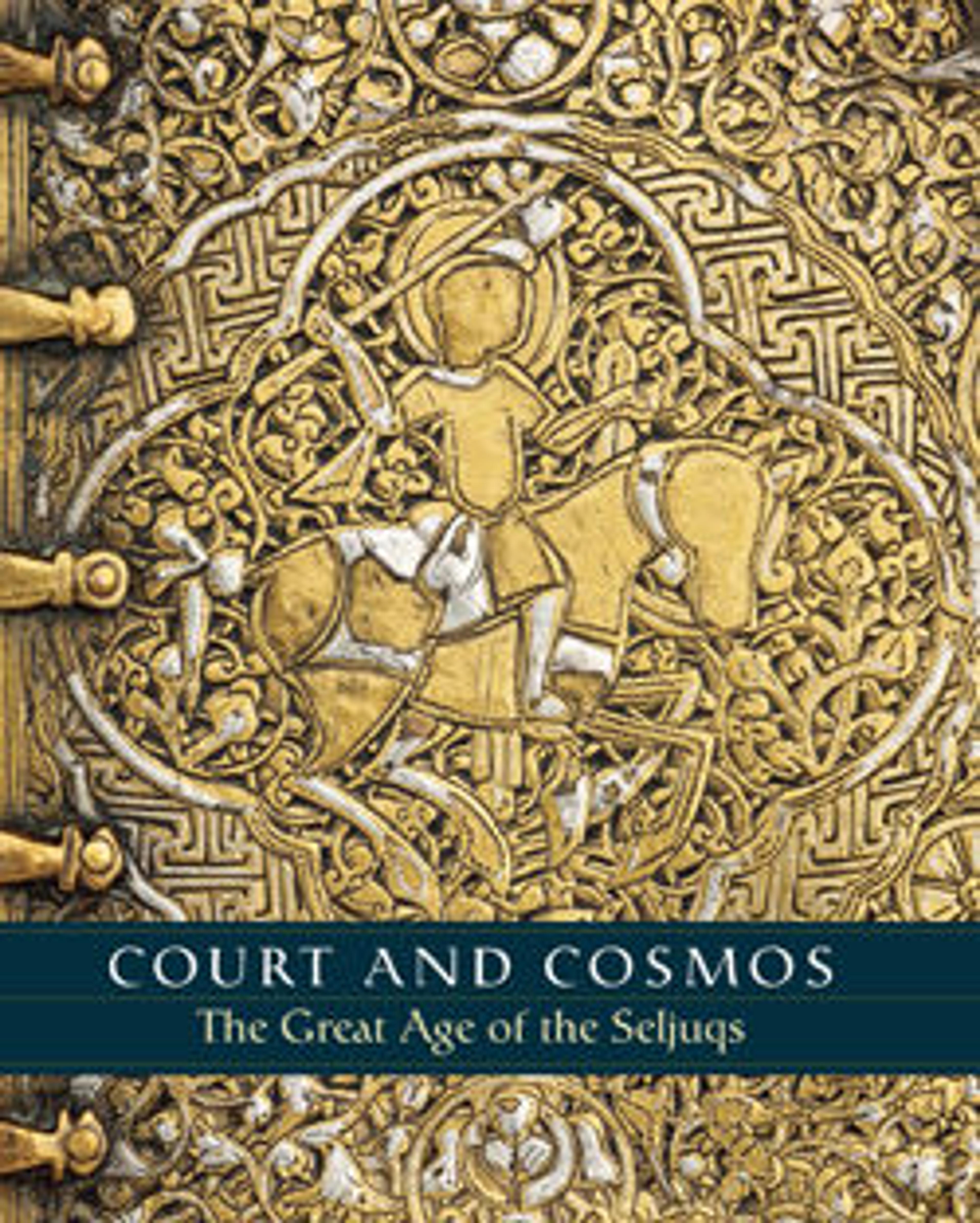Bowl with a Majlis Scene by a Pond
During the nearly forty years he was active as a master potter, Abu Zayd was also a proficient poet. He composed at least one of the love poems inscribed on this bowl. The scene depicted, probably a literary majlis, does not relate explicitly to any of these poems. However, the performer to the left may be interpreted as reciting them to the figures seated on and around the raised platform.
Oh beloved, did you see what the snow (white hair) did to me? / Oh snow (white hair), you told me, but tell my beloved // To the passion (fire) of lovers . . . and cold(?) / And you are still flirting with me! // Oh body, the sorrow of love will not make you any better (than this) / Will not (help) . . . your soul and faith // At the end, the sweetness of lust will entrap you / So that love will not make a fool of you.
Oh beloved, did you see what the snow (white hair) did to me? / Oh snow (white hair), you told me, but tell my beloved // To the passion (fire) of lovers . . . and cold(?) / And you are still flirting with me! // Oh body, the sorrow of love will not make you any better (than this) / Will not (help) . . . your soul and faith // At the end, the sweetness of lust will entrap you / So that love will not make a fool of you.
Artwork Details
- Title: Bowl with a Majlis Scene by a Pond
- Maker: Abu Zayd al-Kashani (Iranian)
- Date: dated 582 AH/1186 CE
- Geography: Attributed to Iran
- Medium: Stonepaste; glazed in opaque turquoise, polychrome in-glaze- and overglaze- painted
- Dimensions: H. 3 3/16 in. (8.1 cm)
Diam. 8 1/2 in. (21.6 cm)
Wt. 15.2 oz. (431 g) - Classification: Ceramics
- Credit Line: Fletcher Fund, 1964
- Object Number: 64.178.1
- Curatorial Department: Islamic Art
More Artwork
Research Resources
The Met provides unparalleled resources for research and welcomes an international community of students and scholars. The Met's Open Access API is where creators and researchers can connect to the The Met collection. Open Access data and public domain images are available for unrestricted commercial and noncommercial use without permission or fee.
To request images under copyright and other restrictions, please use this Image Request form.
Feedback
We continue to research and examine historical and cultural context for objects in The Met collection. If you have comments or questions about this object record, please contact us using the form below. The Museum looks forward to receiving your comments.
